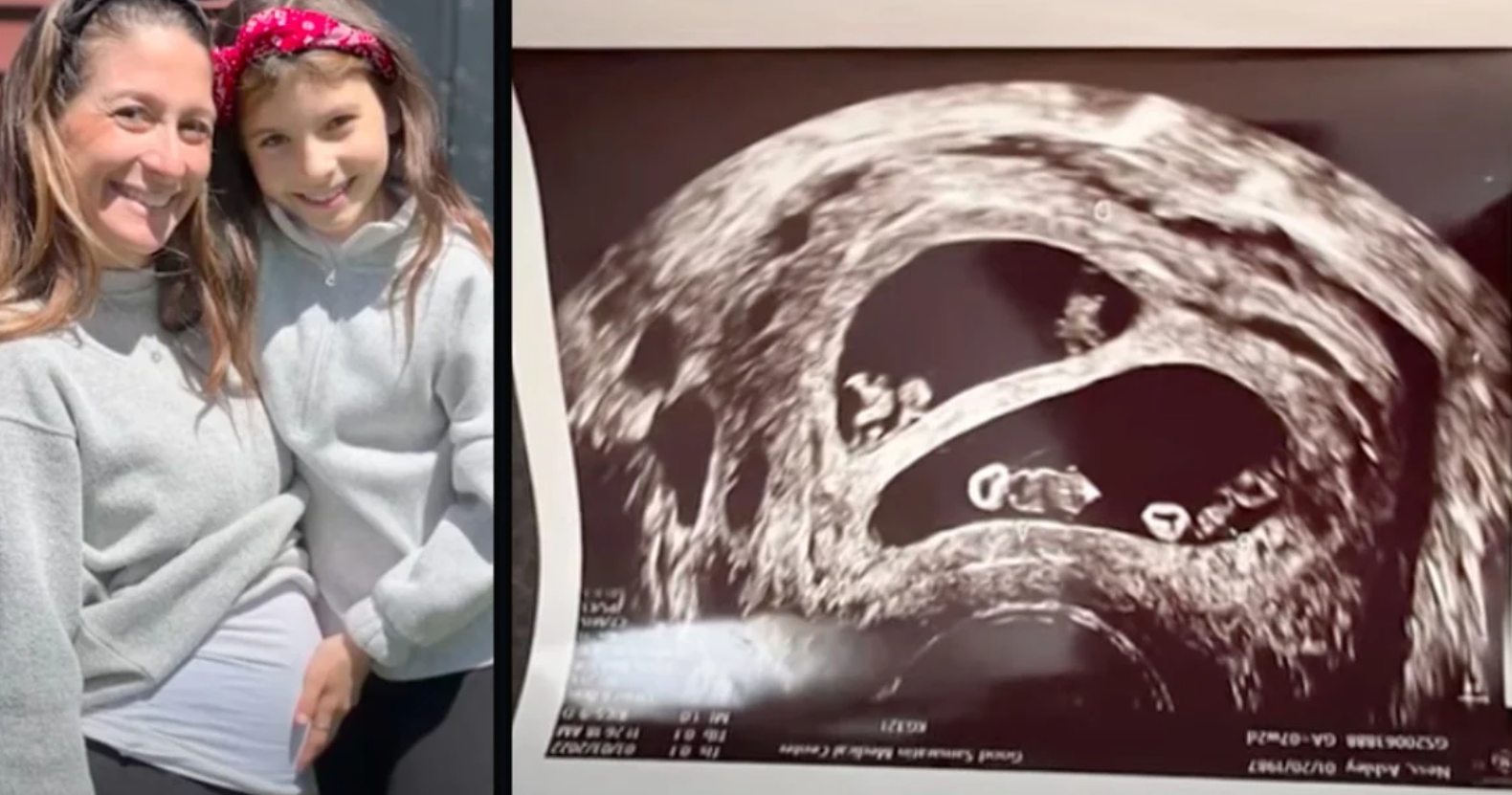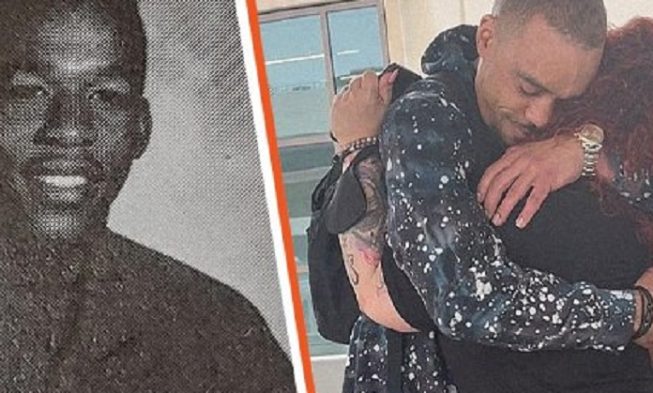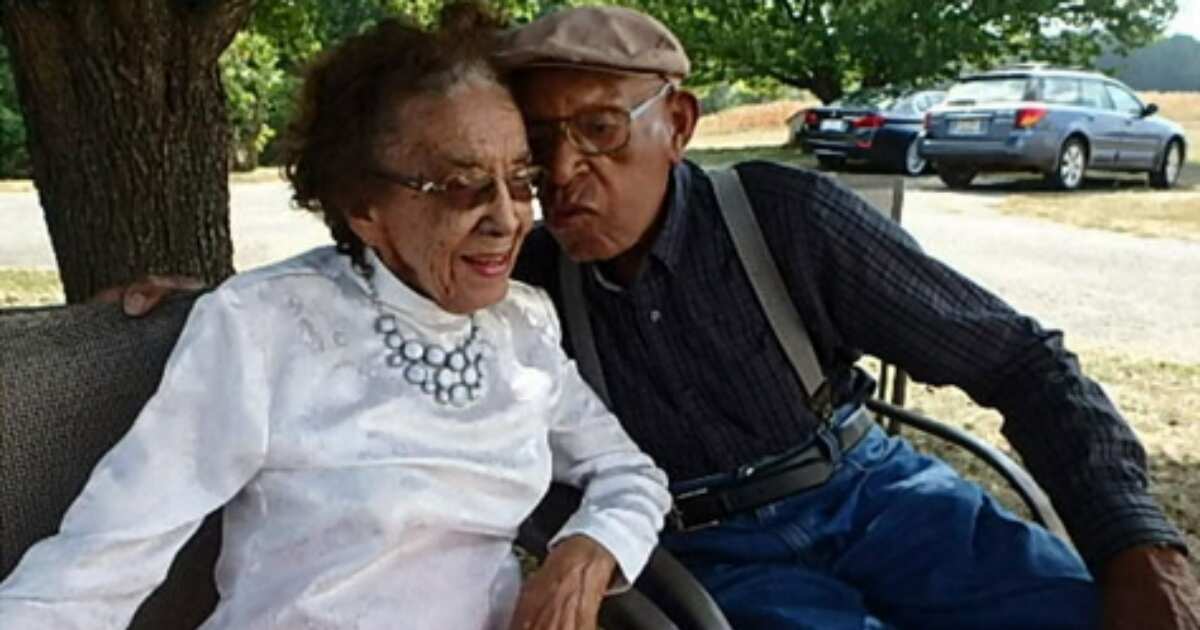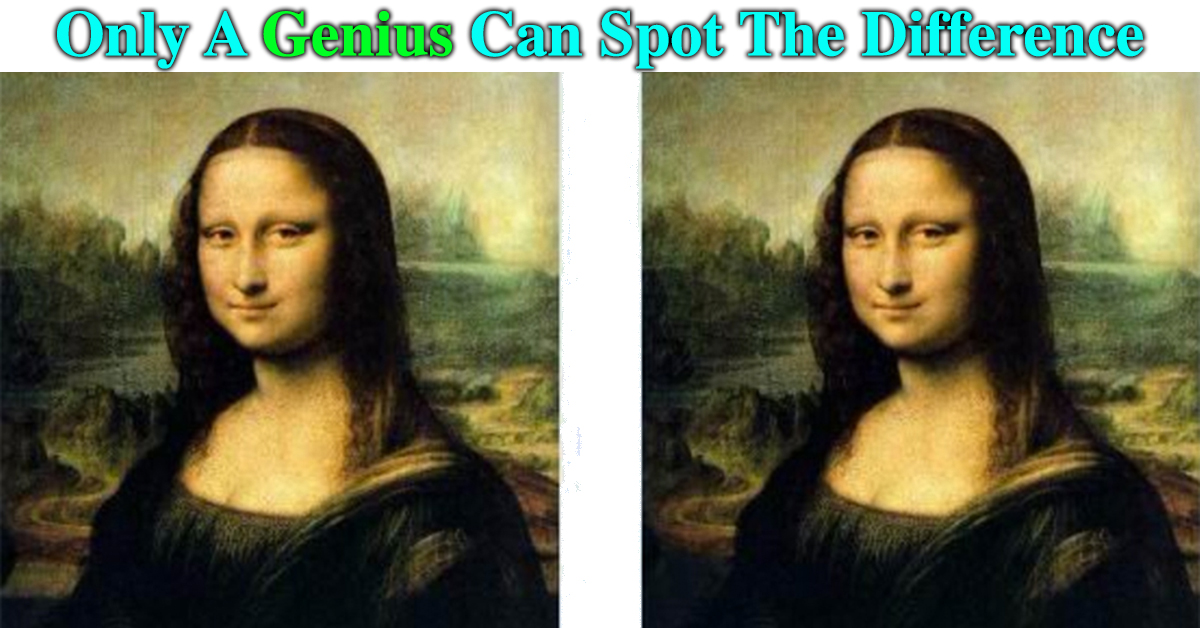Can You Spot The Differences In These Portraits?
“Spot the difference” comes in a variety of forms. Many different painters, illustrators, and photographers have taken up the task of modifying a picture ever so little. It’s almost as if you’re meeting identical twins. At first sight, they appear to be identical, yet the closer you look — and the sharper your eyes — the more subtle the distinctions become. How quickly can you spot the differences in these portraits? Set a stopwatch as an additional challenge and see if you can beat your previous time!
Can You Spot The Differences In These Portraits?
To begin, this lovely portrait was painted in 1877 by French painter William-Adolphe Bouguereau. Many believe that this painting, titled “The Story Book,” was inspired by one of his children, who died of sickness when he was young. Bouguereau’s art is praised for its straightforward passion and simplicity.
2.
Robert Henri, an American painter, created “Indian Girl on White Blanket” in 1917. Julianita, a young pupil, modeled blankets with Native American-inspired designs for the photograph. She appeared in nine more of Henri’s works. The artist hoped to create an aesthetically pleasing and evocative representation of Native American life.
3.
Cecilia Beaux created this unique picture in 1921. It’s named “Sita and Sarita,” and it’s a beautiful portrait of Beaux’s cousin Sarah Allibone Leavitt and her black cat. Beaux is noted for her strong approach and for imbuing her female portraits with humor and intellect rather than just portraying them as pretty.
4.
In 1782, Élisabeth Louise Vigée Le Brun completed a commission picture of Madame du Barry. Comtesse du Barry, commonly known as Jeanne Bécu, was Louis XV’s final Maîtresse-en-titre. She was later assassinated during the French Revolution’s Reign of Terror.
5.
Finally, in 1806, American painter Joshua Johnson painted the painting “Grace Allison McCurdy (Mrs. Hugh McCurdy) and Her Daughters, Mary Jane and Letitia Grace,” which was named after the women shown.
These are the answers:
1.
2.
3.
4.










